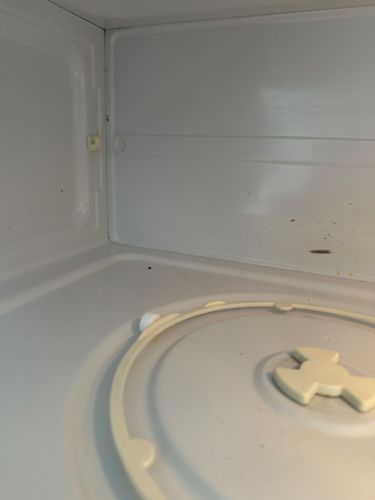German Cockroach
Scientific Name: Blattella germanica
Order & Family: Blattodea, Ectobiidae
Size: Typically 1.1 to 1.6 cm (0.43 to 0.63 inches) long.

Natural Habitat
German cockroaches prefer warm, humid environments, especially kitchens and bathrooms. They are typically found indoors, hiding in cracks, crevices, under appliances, behind cabinets, and near plumbing.
Diet & Feeding
German cockroaches are omnivores and scavengers. They will eat almost anything, including food scraps, grease, starches, sugars, proteins, human food, pet food, and even non-food items like soap, glue, and toothpaste.
Behavior Patterns
Cockroaches are primarily nocturnal and are known for their rapid reproduction rates. They are highly adaptable and can survive in a wide range of conditions. They tend to hide in cracks and crevices during the day and emerge at night to feed. They can spread quickly within a building.
Risks & Benefits
Risks: German cockroaches are considered pests. They can contaminate food and surfaces with bacteria and pathogens, leading to food poisoning, dysentery, allergies, and asthma attacks. Their droppings and shed skins can also trigger allergic reactions. They are not known to have direct benefits to humans or the immediate ecosystem in an indoor pest context. Benefits (minor, in natural ecology): In natural environments, they contribute to decomposition of organic matter.
Identified on: 9/2/2025